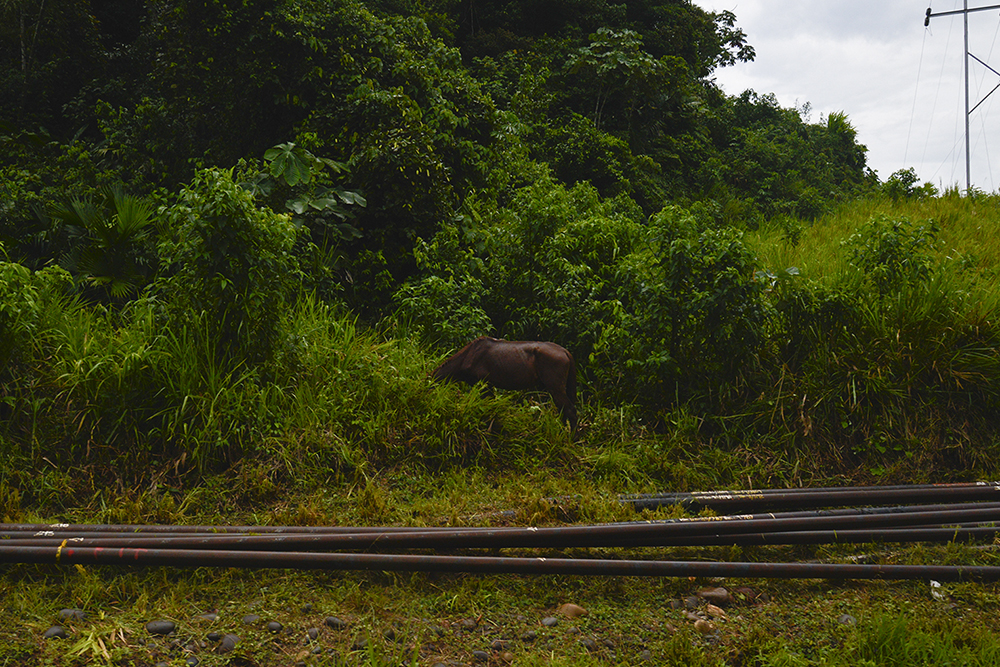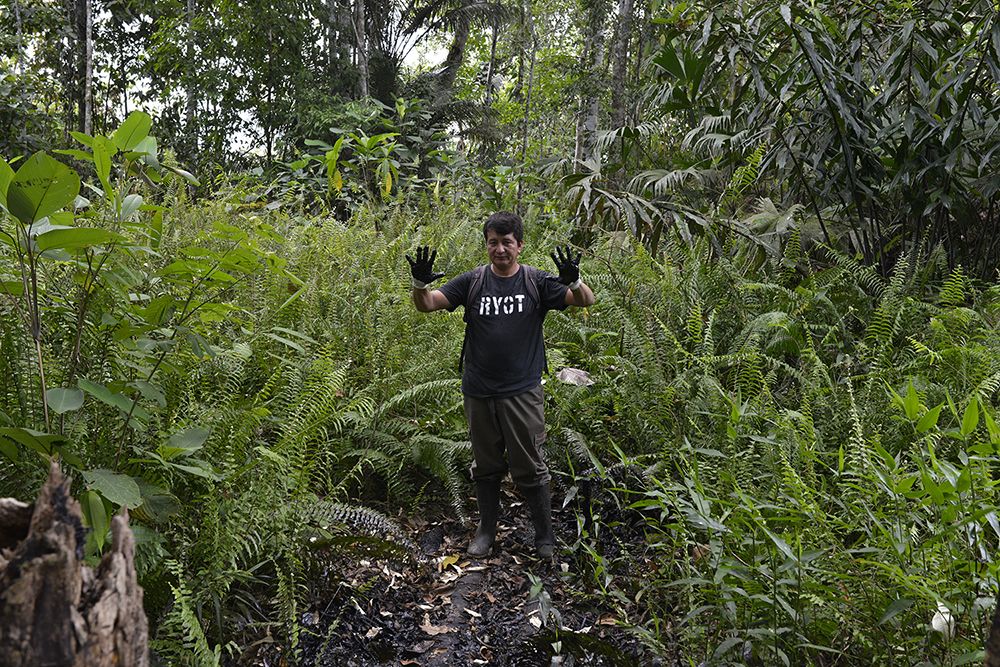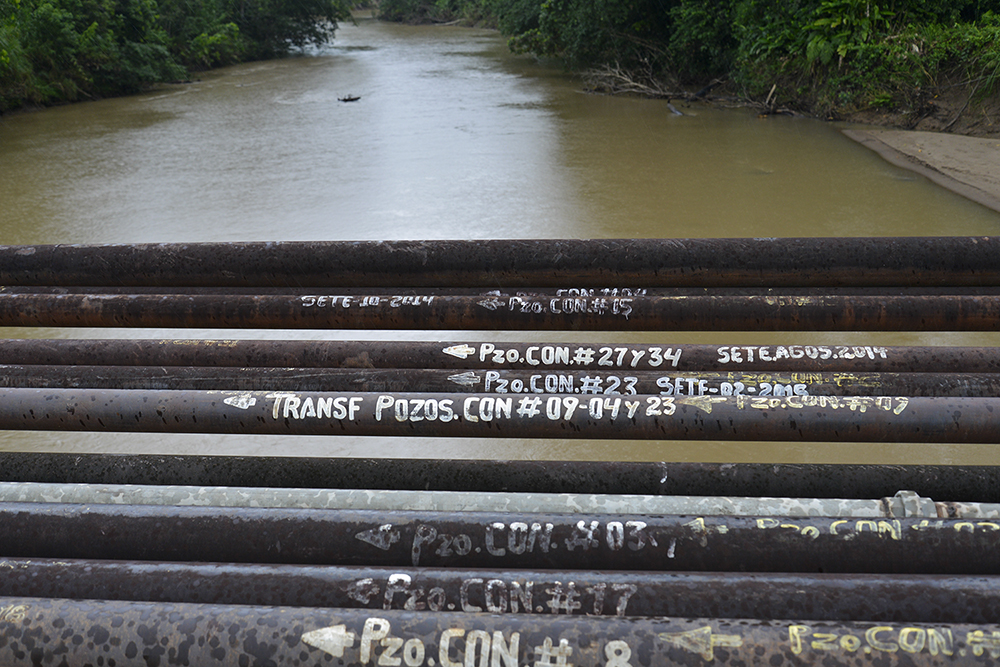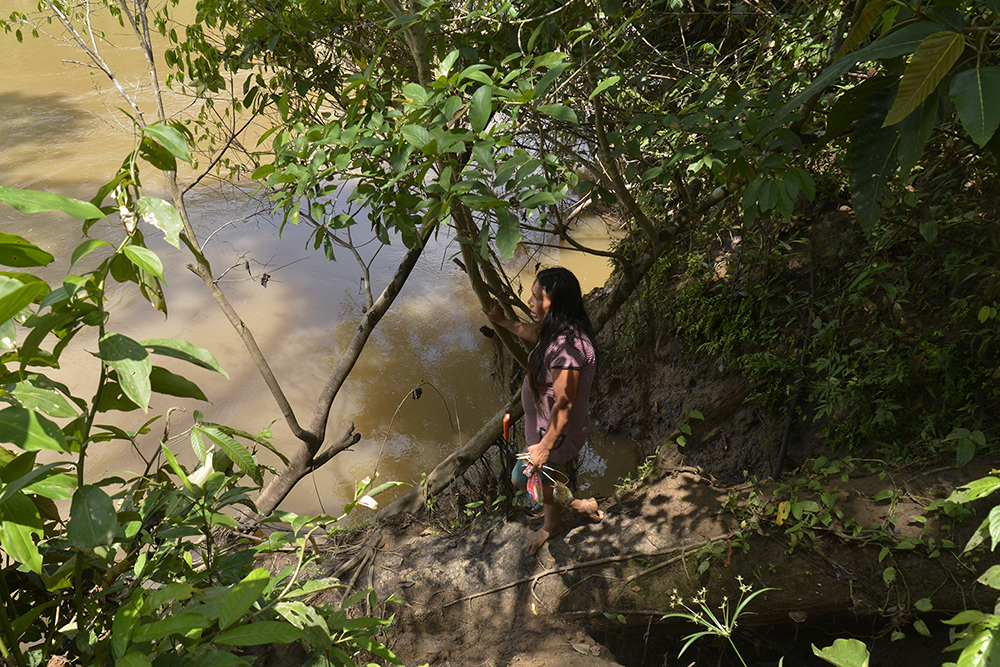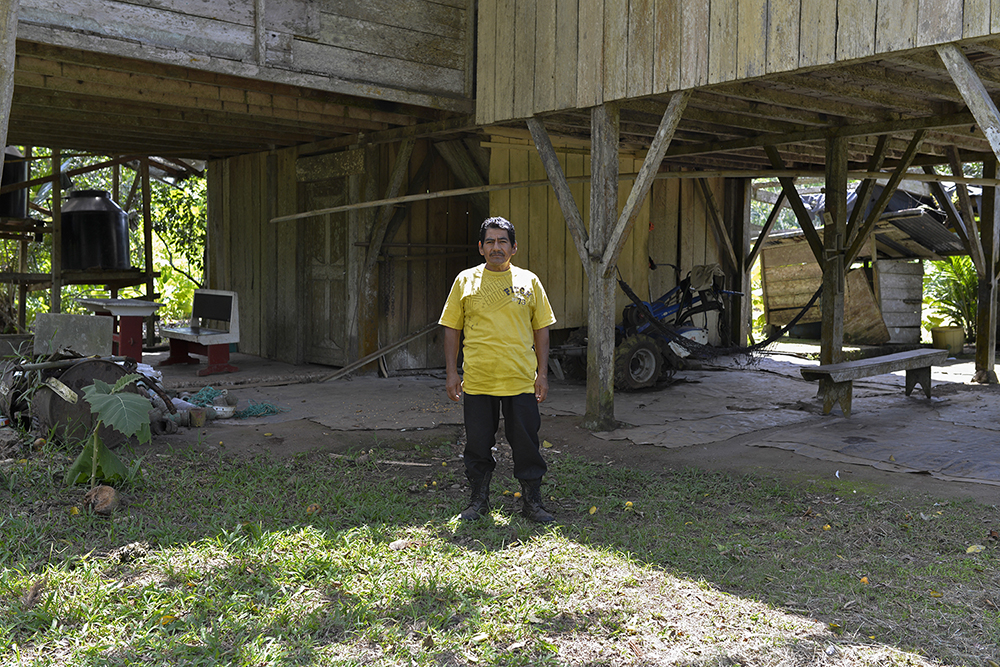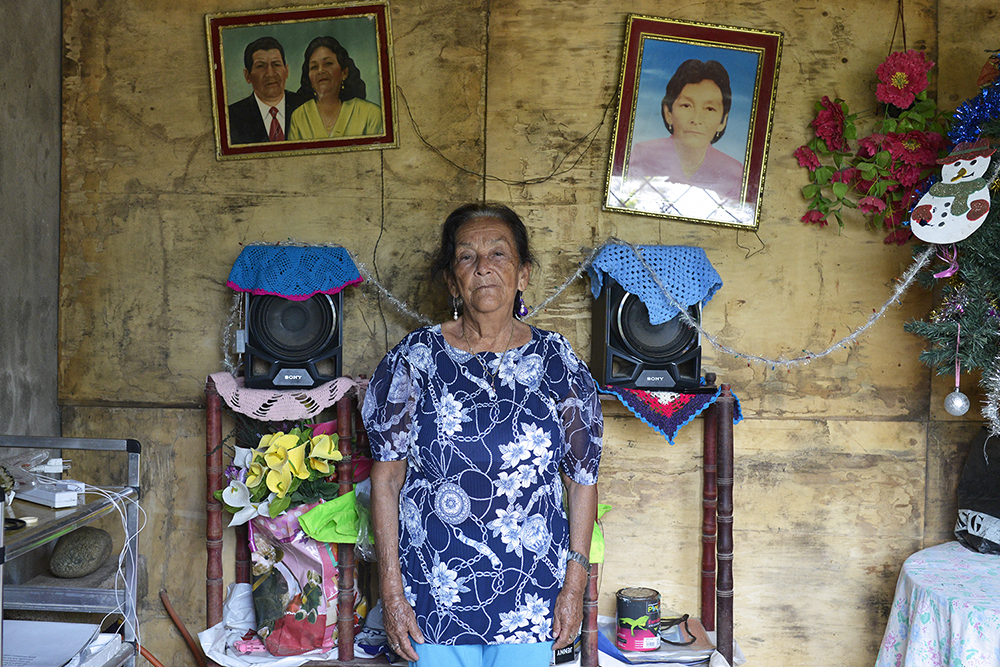Black Gold in the Ecuadorian Amazon Rainforest
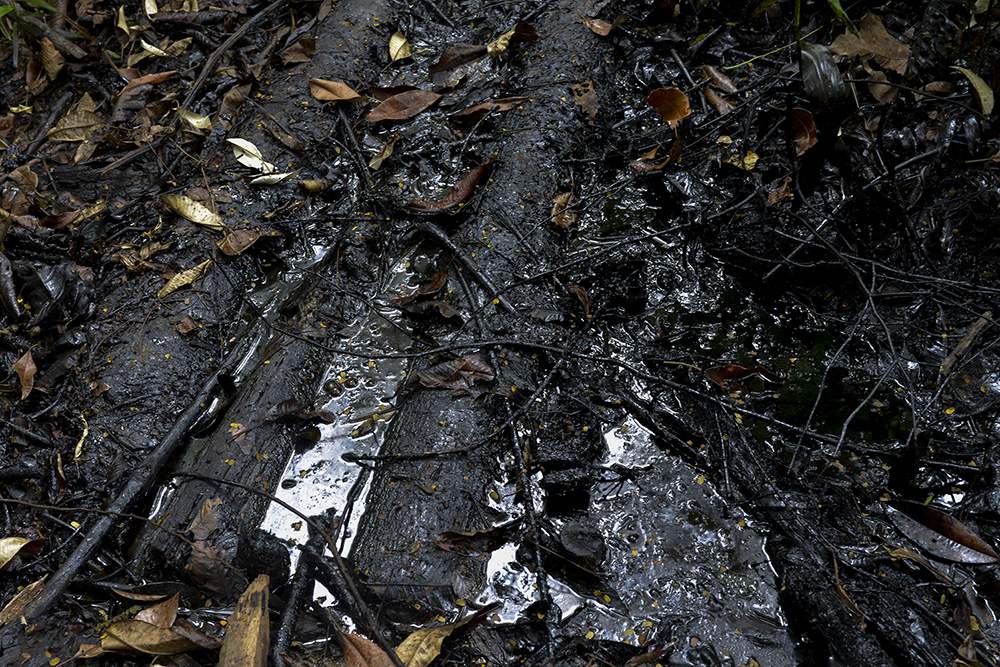
-
PhotographerEmanuele Giovagnoli
The Ecuadorian Amazon rainforest, home to the most biologically diverse ecosystems in the world, had remained mostly unexplored and isolated from the rest of the country until oil companies discovered crude oil in the ground in the 1960s. When Texaco, a U.S oil company now owned by Chevron, became the sole operator of the oil concession in Ecuador in 1964, the Ecuadorian Amazon region, at that time populated by small communities of farmers and indigenous tribes, underwent a period of rapid changes. A large part of the region was deforested in order to build roads connections between oil wells, while oil pipelines were also built alongside people' s farms to transport petroleum throughout the country. The city of Nueva Loja, successively named Lago Agrio by the Texaco oil workers of Sour lake in Texas, became the centre of the Ecuadorian petrol industry. Although the oil boom brought jobs to the local communities, prostitution and criminality in the region increased drastically, transforming the city of Lago Agrio into one of Ecuador's most dangerous. Texaco operated in Ecuador over a period of 20 years, all the while failing to comply with procedures for the protection of the environment during crude oil extraction. In 1991 at the end of its oil concession in Ecuador, Texaco dumped 18 million gallons of toxic waste directly into the rivers and soil of the Ecuadorian rainforest, thus resulting in one of the world's worst environmental disasters. The environmental damage caused by Texaco during the years of extraction and production of crude oil affected the lives of many people in the Ecuadorian Amazon region. The pollution of the water resources and the contamination of the soil damaged the vegetation, the livestock and residents themselves. The toxic waste dumped by Texaco into the ground, contaminated a large part of the region and its rivers. The inhabitants of the Ecuadorian rainforest used the rivers for drinking, bathing and fishing. Over the last three decades these activities have led to an increased number of stomach and skin cancers, abortions, infections, headaches and cases of nausea. In 1993 a group of families from the Ecuadorian Amazon rainforest sued Texaco in a U.S federal court for environmental damage and damage to the health of the locals. Subsequently dismissed by a U.S court, the first lawsuit against Texaco coincided with the beginning of a long fight between the U.S oil company and the communities of the Ecuadorian Amazon rainforest. Finally, in 2011, Texaco was ordered to pay 8.6 million dollars by an Ecuadorian court in order to cover the clean up costs and damage caused to the environment during its time operating in the country. In September 2014, Chevron claimed that the 2011 judgment was achieved by fraud so as per March 2015 the tribunal has yet to decide whether there was fraud in the judgment of the Ecuadorian court. More then 15 years had passed from the first lawsuit against Texaco but the environmental damage has still to be cleaned. Today Ecuador's economy still depends largely on oil extraction. National and foreign oil companies continue building new oil pipelines and oil wells in the Amazon rainforest, thus increasing the risk of contamination of the environment and jeopardising the health of its inhabitants.
